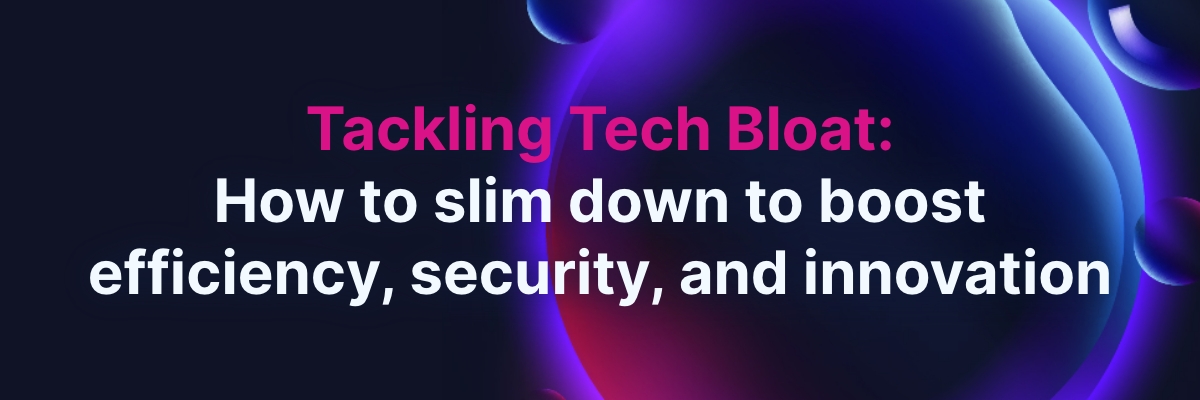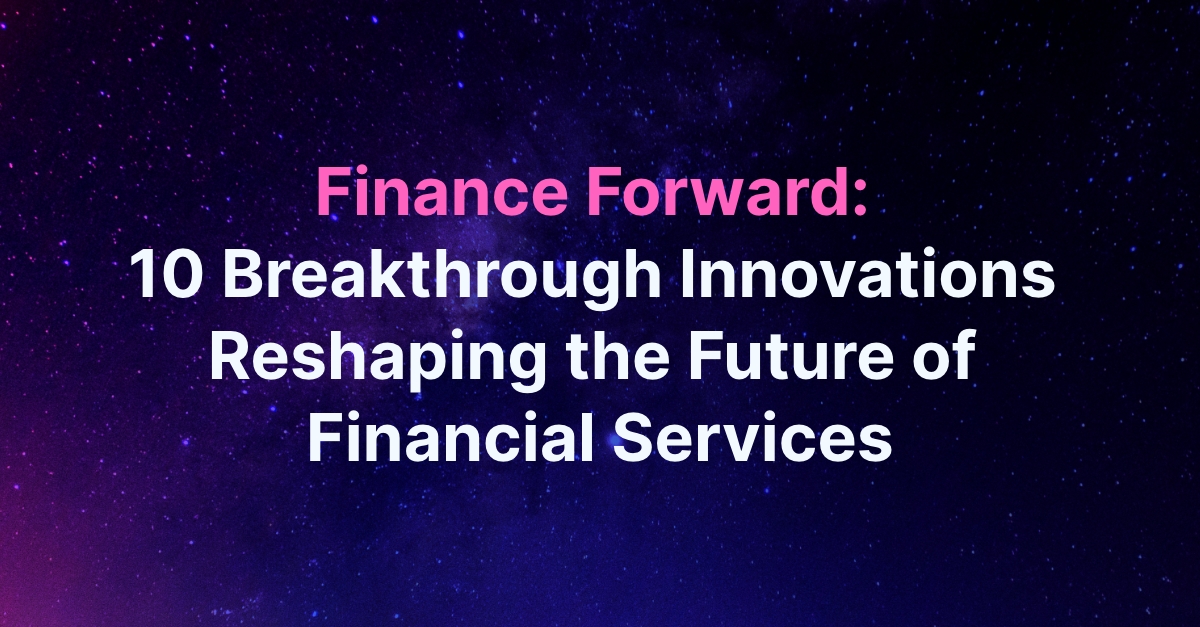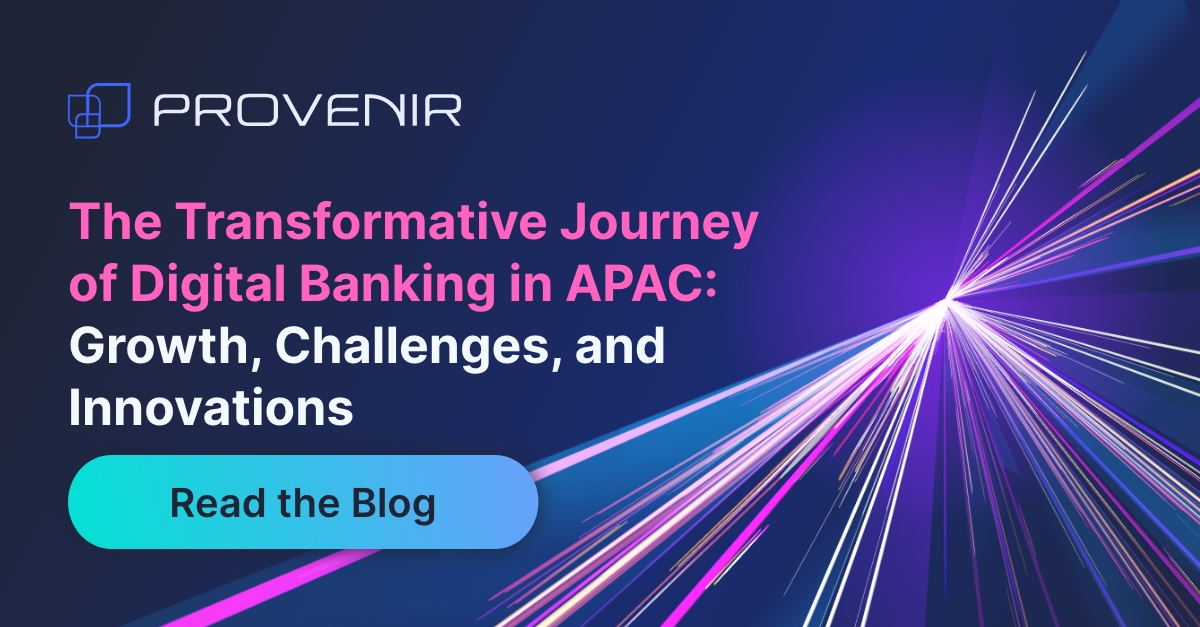BLOG
What impact do decisioning
challenges have on your business?

Hear from our experts – a deeper look at the 2024 Global Risk Decisioning Survey
The 2024 Global Risk Decisioning Survey has brought to light critical insights into the challenges and priorities faced by financial institutions. We looked at everything from risk decisioning challenges and customer management priorities to confidence in the accuracy of risk models and anti-fraud measures. But what impact do those challenges have on your business? We’re looking deeper into the results, highlighting expert opinions and the business impacts of these evolving trends.
Top Risk Decisioning Challenges
The survey identifies two major challenges: 49% of respondents struggle with managing risk across the customer journey, while 48% face hurdles in developing and deploying risk decisioning processes. Efficiently managing risk across the entire customer journey, and being able to develop and deploy processes and decisioning workflows without vendor reliance, is key to maintaining sustainable business performance.
What are the consequences of ineffective risk management? The inability to effectively manage risk can lead to increased revenue loss and defaults, operational disruptions and inefficiencies, and slower onboarding and loan approvals. It also places you at a competitive disadvantage with the potential for loss of market share, and the misalignment of business goals and strategies that don’t accurately account for potential risks. And of course, there’s always the question of reduced customer satisfaction and loyalty, which can have a long-lasting effect on sustainable business growth.
Carol Hamilton, Chief Product Officer at Provenir, emphasizes the need to shift from traditional, legacy approaches to dynamic, data-driven strategies for better value across the customer lifecycle. “There’s a real traditional legacy approach to thinking about customers, especially from a credit risk perspective. And every month you reassess them and you calculate the same sort of metrics, but there are some outdated rules and models being used. Whereas disruptors are trying to look at how we can create something that’s more dynamic, data-driven, and intelligent, so they can really try and ensure the most value to their customers and their organization throughout the whole customer lifecycle.”
Top Risk Decisioning Priorities
Acquiring customers (47%) and managing them effectively (53%) are the top priorities our survey respondents face. While acquiring new customers is vital, maintaining satisfaction and maximizing existing customer value is crucial for sustainable growth. Inefficient customer management results in lower customer lifetime value and negative experiences, which leads to reduced customer retention and loyalty. Apart from the direct negative impact on customers, it also leads to higher acquisition costs, ineffective use of internal resources, and less predictable/stable revenue sources.
Kathy Stares, EVP of North America at Provenir, highlights the benefits of real-time insights across the customer lifecycle. “Every decision point across the customer lifecycle – from credit risk evaluation to cross-sell to collections – stands to benefit from the real-time, contextual insights that open banking data can deliver in 2024.”
Accuracy of Credit Risk Decisioning Models
40% of respondents believe their models are not entirely effective. While confidence in these models has improved since our last survey, there is still significant opportunity to ensure more accurate and equitable credit decisioning. Inaccuracies in credit risk models can lead to increased credit losses, regulatory and compliance issues, and operational inefficiencies. Without accurate risk models, the potential for negative customer experiences is also a real threat, as well as less equitable funding and a lack of financial and credit inclusion.
Frode Berg, Managing Director of EMEA at Provenir, discusses the power of AI to improve credit risk models. “There’s a growing belief in the power of AI decisioning, including machine learning and predictive analytics. These technologies will continue to shape the financial industry going forward, improving credit risk models, decisioning efficiency, financial inclusion, and ultimately having a positive impact on the customer experience.”
Confidence in Modifying Risk Decisioning Logic
70% of respondents lack confidence in their ability to modify risk decisioning logic quickly. As the macro-economic environment changes (rapidly), being able to quickly and easily modify risk decisioning models, rules, processes, and workflows is critical to meeting the evolving needs of your business. The inability to modify risk decisioning logic means an increased reliance on vendors (and increased costs!) – placing those organizations who lack the agility to pivot at a distinct disadvantage over competitors who can adapt quickly. This also places you at risk of increased credit losses if your models aren’t up to date and accurate, not to mention the threat of regulatory and compliance challenges.
Jose Vargas, EVP of Latin America at Provenir, notes the increasing receptiveness to new technologies for greater innovation and agility in managing risk. “Those organizations that are more conservative when it comes to venturing to new technologies or methodologies are now more receptive to new tools and solutions that can enable greater innovation, agility and speed – allowing them to be more effective in managing risk and their portfolios.”
Effectiveness of Anti-Fraud Measures
Only 7% of financial service providers are entirely confident in their anti-fraud measures. A lack of effective fraud detection and prevention technology leaves financial services organizations incredibly vulnerable to fraudulent activities, which have ripple effects far beyond the initial fraud. The evolving sophistication of fraud threats necessitates robust measures to prevent revenue loss, manage regulatory risks, prevent reputational damage, and minimize operational inefficiencies when dealing with the aftermath of fraud (including investigations and customer complaints).
Cheryl Woodburn, Country Manager for Canada at Provenir, emphasizes the importance of strong anti-fraud measures in mitigating business loss, especially in high-interest rate environments. “Both first-party and third-party fraud threats continue to grow and evolve, especially as we continue to have high interest rates and people are struggling to pay for necessities in life. It’s happening not only in unsecured lending, where the legislation or credit checks are a bit looser, but also in lending that’s secured against an asset (like auto lending). Having robust anti-fraud measures is critical to mitigating loss in your business.”
Challenges in Delivering Hyper-Personalization
38% of respondents point to data quality and integration issues when it comes to delivering personalized offers to customers, while 19% struggle with real-time decisioning. These challenges hinder the ability to offer customized products and services, leading to reduced customer engagement, decreased competitive edge, and missed revenue opportunities. Today’s consumers are more discerning than ever, meaning lack of personalization also ultimately leads to increased churn and higher customer acquisition costs.
Bharath Vellore, GM of APAC at Provenir, stresses the need for embracing advanced technologies, including AI, for enhanced online personalization and real-time offers.“As consumer behavior changes and customers demand more and more online personalization and real-time offers, financial services providers have to embrace advanced technologies more, including AI and digital transformation to enable this.”
What do these challenges have in common?
Besides providing a fascinating glimpse into the state of the industry, what all of the results of the 2024 Global Risk Decisioning Survey highlight is the need for innovative, agile solutions that allow you to stay competitive and meet customer needs effectively. With an intelligent, dynamic decisioning solution, you can effectively balance risk with opportunity, optimize your risk decisions, more accurately prevent fraud, and have the confidence to deliver hyper-personalized products to your customers.
Be sure to check out the 2024 Global Risk Decisioning Survey for more info on what 300 financial services decision makers had to say.
LATEST BLOGS

Tackling Tech Bloat:...

Finance Forward: 10 ...
